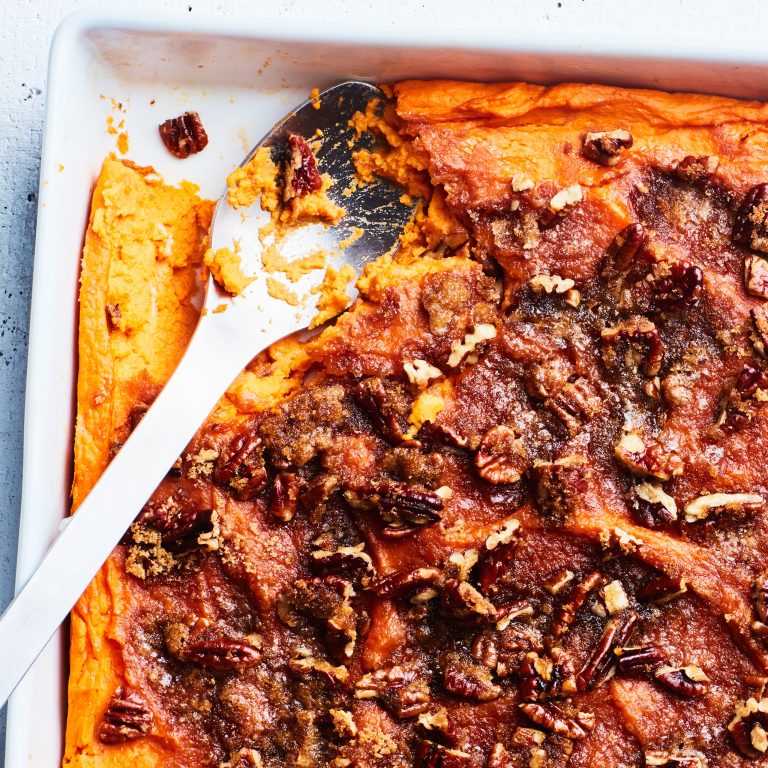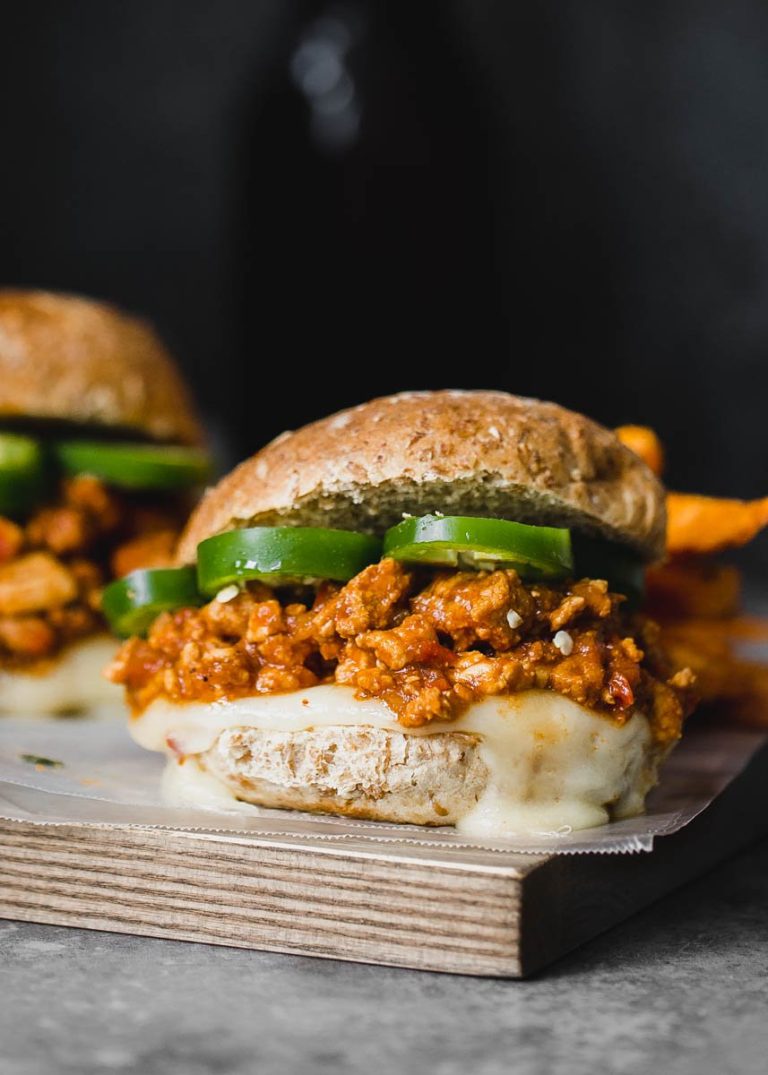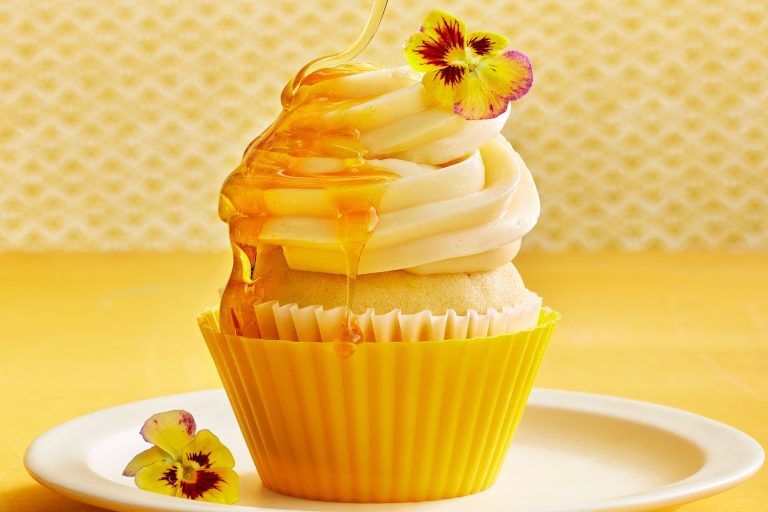Chocolate Pie: History, Recipes, and Gourmet Variations for Every Occasion
The chocolate pie dates back to the early 19th century when chocolate gained popularity in European and American cuisine. Chocolate became more accessible after Dutch chemist Coenraad Johannes van Houten invented a method to process cocoa beans in 1828. By reducing the bitterness and improving the texture, this innovation paved the way for diverse culinary applications. Originally, chocolate pie recipes involved simple fillings made of chocolate and sugar. Over time, cooks began incorporating eggs and cream, enriching the texture and creating the smooth, velvety filling known today.
Popularity Across Cultures
Chocolate pie enjoys a broad appeal across different cultures. In the United States, variations like the classic southern chocolate chess pie and French silk pie have been perennial favorites. Japan offers its take with lighter textures and unique flavor elements such as matcha, blending cultural tastes while maintaining the core chocolate element. European countries like France and Belgium also boast distinct versions, often with gourmet touches like dark chocolate and high-quality ingredients. Host to several regional adaptations, chocolate pie proves to be a versatile and beloved dessert worldwide.
Key Ingredients in Chocolate Pie
Chocolate Types and Preferences
Different chocolate types significantly impact the flavor profile of your chocolate pie. Dark chocolate has a robust and intense flavor, making it ideal for those who appreciate a rich taste. Its higher cocoa content also provides a slightly bitter touch that can balance the sweetness of the pie. Milk chocolate, on the other hand, introduces a creamier and sweeter note, suitable for a dessert that appeals to a broader audience. White chocolate offers a unique, buttery flavor, contributing a lighter, sweeter element to the pie. To achieve the best results, use high-quality chocolate from reputable brands, ensuring the cocoa percentage aligns with your taste preferences.
Crust Variations
The crust of your chocolate pie sets the foundation for the entire dessert. A buttery, flaky pastry crust delivers a traditional pie experience, adding an appealing contrast to the smooth chocolate filling. Graham cracker crusts add a hint of sweetness and a slightly crumbly texture, enhancing the overall pie with a nostalgic touch. For a richer base, try an Oreo cookie crust, offering a deep chocolate flavor that complements the filling perfectly. Each crust type contributes distinct characteristics, so choose one that best suits the desired texture and flavor profile of your chocolate pie.
Making the Perfect Chocolate Pie
Step-by-Step Recipe
To make the perfect chocolate pie, follow these steps precisely:
- Prepare the Crust: Use a graham cracker crust, Oreo cookie crust, or buttery pastry crust. Pre-bake if needed.
- Melt the Chocolate: Use 8 ounces of dark chocolate or milk chocolate. Melt it in a bain-marie or microwave at 30-second intervals, stirring each time.
- Mix Ingredients: In a separate bowl, combine 1 cup of sugar, 1/4 cup of cornstarch, and a pinch of salt. Slowly whisk in 3 cups of milk.
- Cook the Mixture: Pour the milk mixture into a saucepan over medium heat. Stir constantly until it thickens, around 10-15 minutes.
- Combine with Chocolate: Gradually whisk the melted chocolate into the thickened milk mixture.
- Add Butter and Vanilla: Stir in 4 tablespoons of butter and 1 teaspoon of vanilla extract until smooth.
- Chill the Filling: Let the filling cool slightly, then pour it into the prepared crust. Refrigerate for at least 4 hours or until set.
- Serve: Garnish with whipped cream or chocolate shavings before serving, if desired.
- Skipping the Pre-bake: Always pre-bake the crust if required to prevent sogginess.
- Overheating Chocolate: Melt chocolate gently to avoid burning or seizing.
- Not Stirring Enough: Constant stirring is crucial when cooking the filling to prevent lumps and scorching.
- Rushing the Chilling Process: Allow ample time for the pie to set in the refrigerator to achieve the best texture.
- Imbalanced Ingredients: Measure ingredients correctly to maintain the proper consistency and flavor balance.
Chocolate Pie Variants
Gourmet and Artisan Versions
Gourmet and artisan chocolate pie variants focus on high-quality ingredients and unique flavor combinations. You’ll often find these pies using premium chocolate, such as Belgian dark chocolate or single-origin varieties from Ecuador or Madagascar. Artisans frequently incorporate elements like sea salt, caramel, or espresso to elevate the pie’s complexity. For instances, a chocolate pie may feature a hazelnut crust, providing a nutty contrast to the rich filling. Some versions also include layers of ganache or mousse, adding depth and texture.
Healthy and Vegan Alternatives
Healthy and vegan chocolate pie alternatives cater to those looking for indulgence without compromising dietary restrictions. These pies often replace traditional dairy products with plant-based options like almond milk, coconut milk, or cashew cream. You might encounter crusts made from dates and nuts, offering a naturally sweet and crunchy base. Ingredients like avocado or silken tofu can be used to create a creamy, smooth filling without dairy. Sweeteners such as maple syrup or agave nectar replace refined sugar to maintain a wholesome profile.
Serving and Pairing Suggestions
Best Drinks to Accompany Chocolate Pie
When serving chocolate pie, select drinks that complement or enhance its rich flavors. Coffee provides a classic pairing, with its bitter notes balancing the pie’s sweetness. For a more decadent experience, offer espresso or cappuccino. Hot chocolate, with similar base notes, intensifies the chocolatey taste. For an adult twist, consider red wines like Merlot or Cabernet Sauvignon. These wines provide fruity undertones that harmonize with the pie’s depth. Alternatively, a glass of Port or a splash of Baileys Irish Cream can add a velvety finish to your chocolate pie serving. For a lighter option, herbal teas like peppermint or chamomile cleanse the palate and maintain the dessert’s integrity.
Occasions for Chocolate Pie
Chocolate pie suits various occasions due to its versatile nature. For family gatherings, it’s a favorite that appeals to all ages. During holidays like Thanksgiving and Christmas, chocolate pie offers a delightful alternative to traditional desserts. Serve it at birthday parties to provide a universally loved treat. Chocolate pie fits well in romantic dinners, offering a sweet end to an intimate meal. It’s also an excellent choice for potlucks or community events, where its rich flavor can impress a crowd. With the availability of vegan and healthier options, chocolate pie can also cater to dietary preferences, making it a flexible dessert for any event.
Conclusion
Creating the perfect chocolate pie is an art that combines rich flavors with a touch of creativity. Whether you’re a fan of traditional recipes or eager to try gourmet and vegan alternatives, there’s a chocolate pie for every palate and occasion. By focusing on high-quality ingredients and experimenting with unique pairings, you can elevate this classic dessert to new heights. So go ahead and indulge in the delightful world of chocolate pie—your taste buds will thank you.





